Background: In the expansive field of construction and engineering, effectiveness and efficiency are the two bedrock aspects on which the success of an implemented project lies. In the contemporary world, of the many tools a particular engineer might use, the excavator hydraulic plate compactor is a technological cornerstone, especially when compared to the rammer compactors and smooth drum rollers applied to the soil compaction process. This paper shall detail the unique advantages of employing a hydraulic plate compactor in engineering projects, at the same time drawing a contrast in its capabilities with the other two.
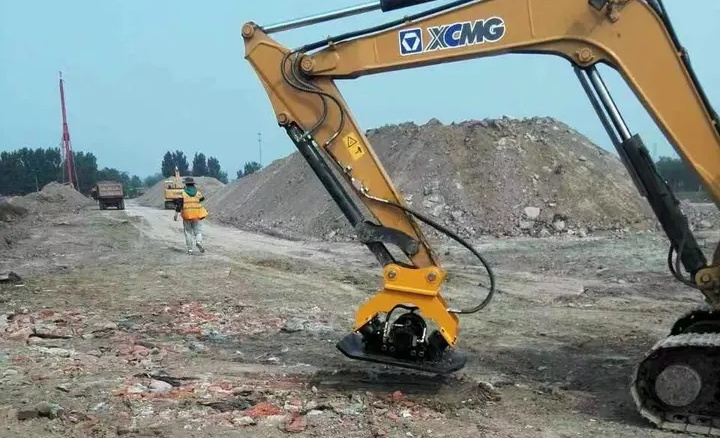
Excavator Hydraulic Plate Compactor: Introduction
The excavator hydraulic plate compactor is designed to be part of the excavator arms, uniquely allowing compacting of soil, gravel, and other materials right from the operating hub of the excavator. It uses the power of hydraulic pressures from the excavator system to vibrate and press the material, making it have a compact and solid feel. This plate compactor has immense use where the ground needs to be prepared for foundations, road beds, or any structure that needs a firm base.
Advantages of Excavator Hydraulic Plate Compactors
- Versatility: The excavator hydraulic plate compactoris attached to an excavator, and therefore it can reach places that bulky rollers can’t. This makes it ideal for trench works, sloped banks, and around obstructions where precise compaction is required.
- Efficiency: Works in conjunction with an excavator; consequently, changing from digging to compacting is performed very quickly and effortlessly, which reduces cost in equipment and labor that were previously involved in changing out machines. This dual role really boosts efficiency at the job site.
- Safety: With the operator working directly from the safety of the excavator cabin, they are not exposed to the vibrations or direct handling risks relating to the handheld or walk-behind models, so the associated risks of operator fatigue and long-term health issues that could result in Hand-Arm Vibration Syndrome (HAVS) are significantly reduced.
- Consosity and Quality: Hydraulic compactors can provide even pressure and vibration across the plate, which is vital for quality compaction. This consistency helps in eliminating risks of potential structural failures because of an erratic variation in base conditions.
Comparative Analysis with the Help of Rammer Compactors and Smooth Drum Rollers
A comparison with rammer compactors and smooth drum rollers is necessary to fully understand the benefits of Excavator hydraulic plate compactors.
- Rammer Compactors: It is a type of jumping jack that is very good at compacting cohesive soil in cramped areas. More adapted to work in small areas than the plate compactor, it is not as effective as the hydraulic plate compactor, and it is not easy to adapt to a multifunctional use for the excavator. Rammers also offer increased potential for operator fatigue and stress injuries due to the handheld design.
- Smooth Drum Rollers: These are best used for compacting large, flat areas of granular soils and asphalt. That said, they work best in very particular applications: large, flat areas. Smooth drum rollers are limited in size and can’t work in tight or uneven ground, where a hydraulic plate compactor on an excavator would do well. Further, the additional passes to complete the job cost more in both operation time and fuel. Many times a hydraulic plate can complete the job in just one pass.
Limitations of Excavator Hydraulic Plate Compactors
Limitations: For all the number of benefits associated with the excavator hydraulic plate compactor, there are some limitations. Since it relies on the excavator, its application is not possible in a project site where the compacting machine needs to work independently from the excavation. In addition, the size of the plate may not be efficient in very large areas compared to a roller that is specifically meant for such a task.
Conclusion
So, the excavator hydraulic plate compactor is a tremendous improvement in the technology of compaction, making the job easy, safe, and highly effective. Even though it does not represent a universal solution for all the compaction needs, its specific benefits are both those of rammers and rollers in their respective ideal conditions. Therefore, this stamp of efficiency can mark it: combined with adaptability and integration with the other functions of the excavator.
The hydraulic plate compactor brings a huge difference in modern engineering projects that demand precision and efficiency, especially in tight places, as it sets a new standard for the construction engineering field. If the engineers knew the unique characteristics and situational benefits of the hydraulic plate compactor, it would further arm them to pick the most suited tools in the specific project needs, thus ensuring structural integrity to their works while still warranting the overall success of their construction endeavors.

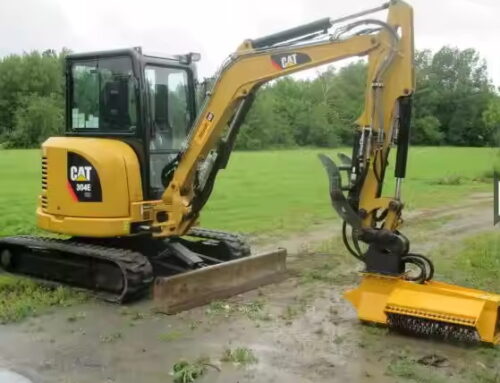
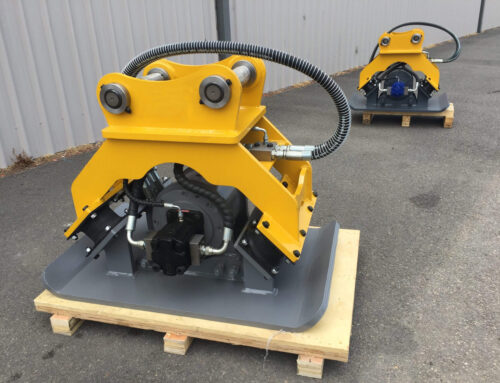
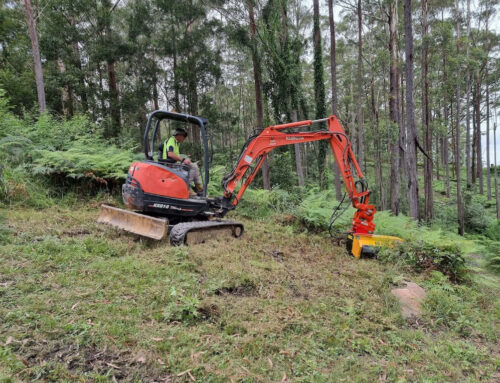
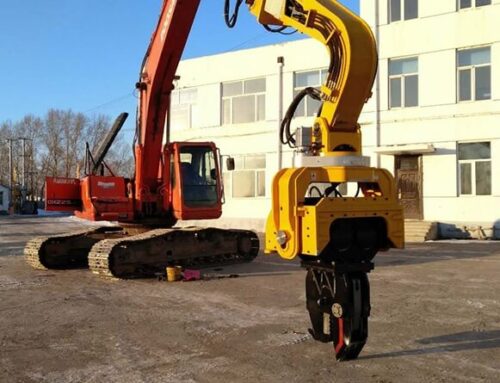
Leave A Comment